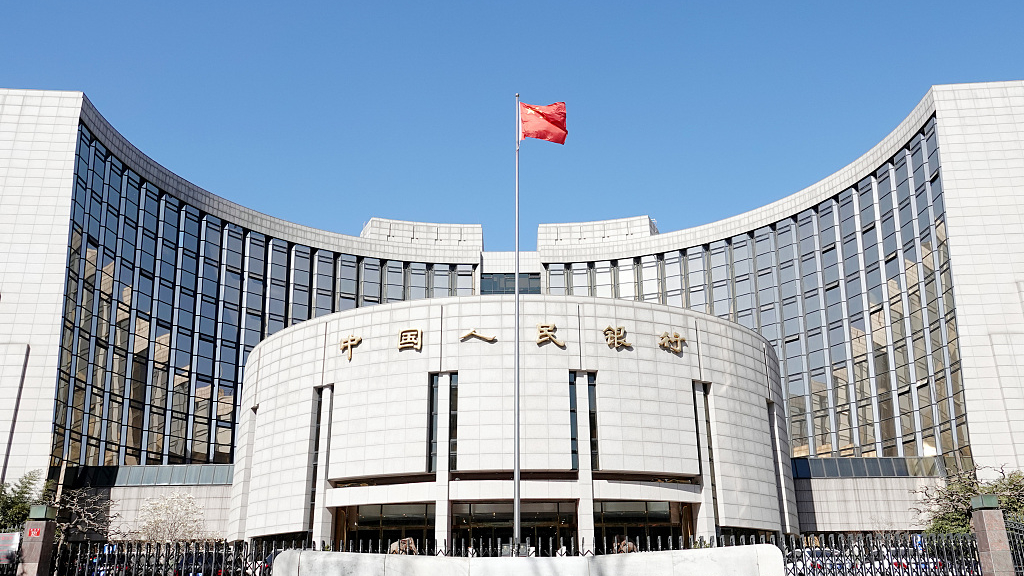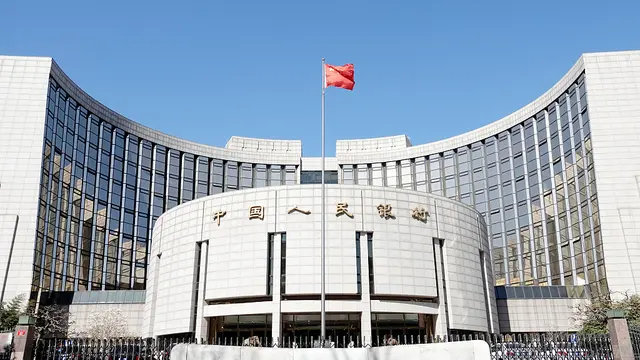
People's Bank of China, Beijing, China. /VCG
China's central bank announced Friday it will cut the reserve requirement ratio (RRR) for some banks effective March 16 to boost lending support for small companies that have been hit hard by the coronavirus outbreak.
The People's Bank of China (PBOC) announced RRR cuts by 0.5 to 1 percentage points for qualified banks. Qualified joint-stock commercial banks will be eligible for an additional 1 percentage point RRR cut.
In total, the PBOC will release 550 billion yuan (78.76 billion U.S. dollars) in an effort to support the development of the real economy and reduce social financing cost in the field of inclusive finance, which mainly covers financial institutions' services for small businesses, farmers, low-income households, people with disabilities and senior citizens.
The proactive move will effectively increase banks' source of funds to support China's real economy, according to the PBOC.
"It directly reduces the cost of interest payments of relevant banks by approximately 8.5 billion yuan each year," said an official with the PBOC.
"Through banks it can help promote the reduction of the actual interest rates of small and micro enterprises thus supports the real economy."
Such cuts will help boost lending to small firms and private businesses, and reduce their financing costs to help them resume operations, according to
a statement issued on Tuesday
after a meeting of the State Council chaired by Premier Li Keqiang.
The PBOC has been working on cushioning the blow of the outbreak on China's economy, cutting the benchmark lending rate and making cheap subsidizedloans to encourage bank lending to selected firms.
To help businesses weather the epidemic, China granted
special re-lending funds of 300 billion yuan
(43.16 billion U.S. dollars) to help small and micro enterprises, and later the central bank increased their re-lending and re-discount quota by 500 billion yuan
to help medium-sized, small and micro enterprises.
 简体中文
简体中文





